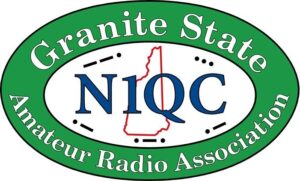From ema.arrl.org:
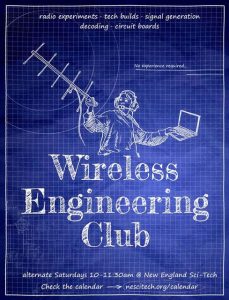 Seth Kendall, KC1PZY, writes on the stars-radio mailing list:
Seth Kendall, KC1PZY, writes on the stars-radio mailing list:
We are looking for mentors/volunteers to help out with the new Wireless Engineering Club on Saturday mornings 10:00-11:30am. Please let us know if you have any interest in participating!
The “Wireless Engineering Club” is a new club at New England Sci-Tech meant to attract youth and prospective hams into the hobby of Ham Radio. The club will meet every other Saturday morning, a time that tends to work well for families, and will be focused around build workshops and practical, hands-on radio activities. We’d like to use this club to bring in new hams, especially youth, and further grow the amateur radio community here at NEST.
We are interested in three kinds of volunteers:
- Helpers
- Workshop Leaders
- Outreach
For Helpers: Pick one or more workshops to come in and help out for. If we get lots of members, we’ll need lots of Elmers to help people troubleshoot, experiment, and have fun.
For Workshop Leaders: Pick one of the topics from our brainstorm list and volunteer to lead a 90 minute workshop on that topic. The more hands on, the better. We’re looking for activities over lectures. Even better, volunteer your own workshop. We need content, so anyone who’d like to put together one or more activities/workshops, please let us know. They’re meant to be beginner level. This is an ideal chance to help grow the ham radio community and bring in youth, but it’ll only work with participation from us in the community.
Outreach: Know any recently licensed youth or youth with a general interest in electronics and science? Spread the word about the club to communities you know! Adults are welcome and encouraged to join in the workshops and builds as well. Many of them could be of broad interest. I’m attaching a flyer. It looks like this, but if you download the attachment, it will be print resolution.
If you’d like to volunteer, you an either post here or send me an email at sethlkendall@gmail.com. Thanks all.
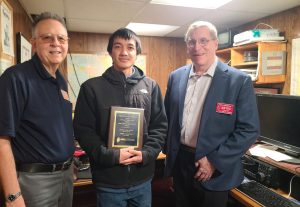
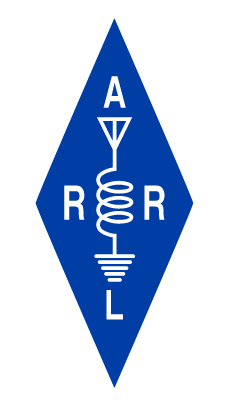
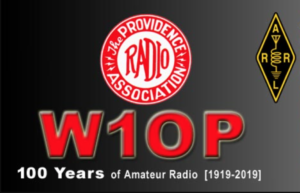 Kudos to members of the Providence Radio Association in Johnston, RI, Wrapping up 2023, the PRA completed a challenging project: providing additional long term storage at the W1OP clubhouse.
Kudos to members of the Providence Radio Association in Johnston, RI, Wrapping up 2023, the PRA completed a challenging project: providing additional long term storage at the W1OP clubhouse.







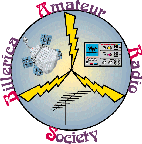 From ema.arrl.org:
From ema.arrl.org:
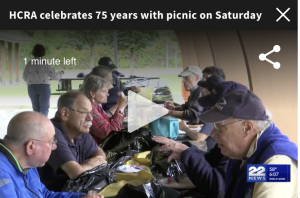 AGAWAM, Mass. (WWLP) — “Radio Lovers came together for the 75th anniversary of the
AGAWAM, Mass. (WWLP) — “Radio Lovers came together for the 75th anniversary of the 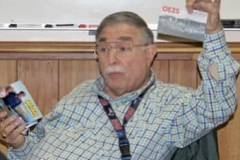
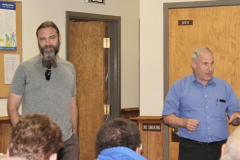
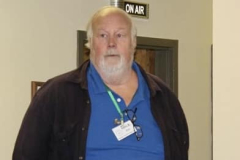
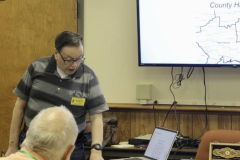
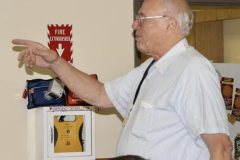
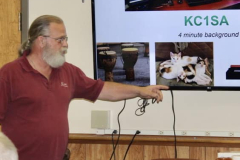
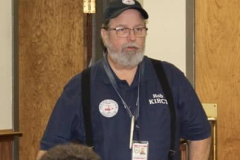

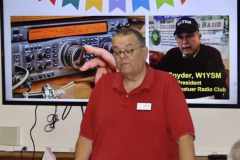
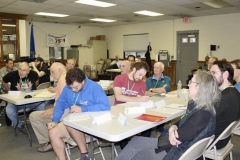
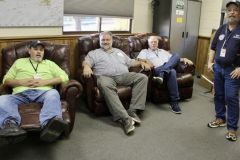
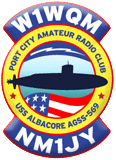 The
The 